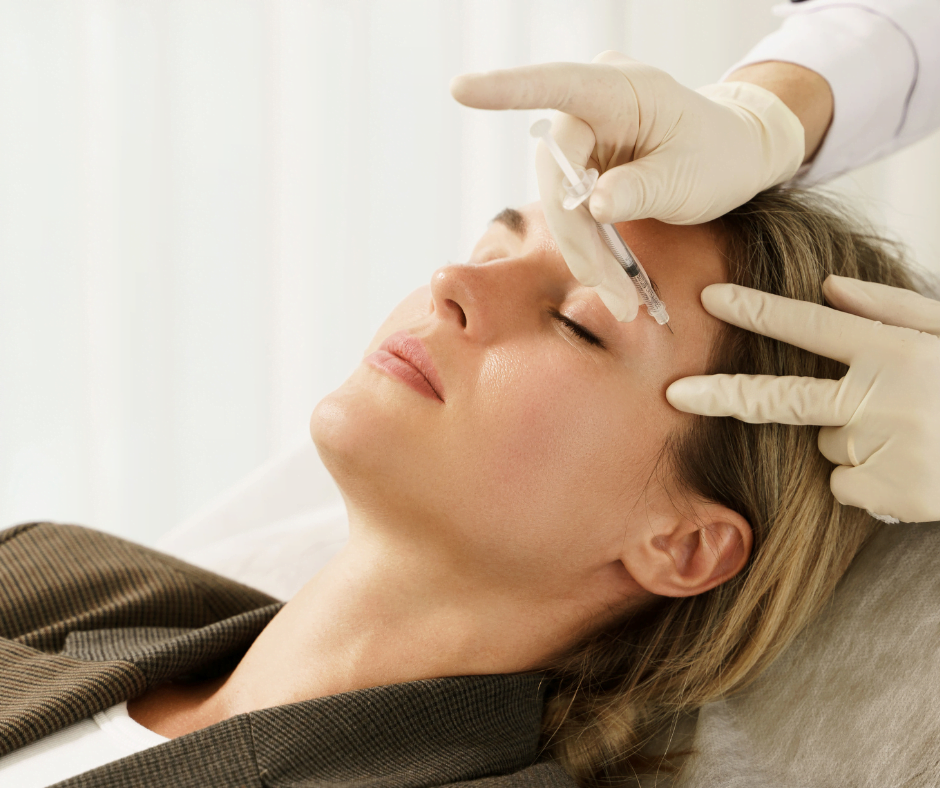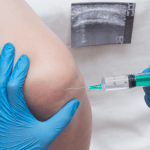Ever wondered about the secrets behind age-defying beauty? In the realm of medical aesthetics, where science meets artistry, the evolution of beauty unfolds. Dermal fillers, among other cosmetic innovations, have fundamentally reshaped the dynamic transformation of beauty ideals and revitalization in the modern era.
This article delves into the remarkable strides made in dermal injections in the 21st century. Digging into their pivotal role in cosmetics, we highlight the innovations that have revolutionized the beauty industry, driven by groundbreaking technological advancements.
Brief History of Dermal Fillers and Their Evolution
Facial enhancement has been a practice for centuries, going back to ancient times. However, in the late 1800s, when they began using substances like paraffin wax and silicone to enhance faces, a problem emerged. These early fillers tended to move from their original injection sites – a problem known as migration. This movement could create lumps or end up in unintended areas, often causing infections.
A breakthrough arrived in the late 1990s with the introduction of hyaluronic acid (HA) injections like Restylane and Juvederm. Hyaluronic acid, naturally occurring in the body, emerged as a safer choice for facial enhancement. Its popularity surged due to its effectiveness in restoring volume, smoothing wrinkles, and reducing the risk of allergic reactions.
Advancements continued into the 2000s with longer-lasting varieties employing cross-linking methods. One notable example is Sculptra, based on poly-L-lactic acid, renowned for encouraging collagen production and delivering gradual, naturally appealing outcomes over time.
The historical journey of these dermal products showcases a transition from early, risky substances like paraffin and silicone to safer and more effective options like hyaluronic acid. These advancements extended the products’ durability and improved their compatibility with the body, revolutionizing the field of facial rejuvenation and cosmetic enhancements.
Types of Dermal Fillers Used Today
Dermal fillers, administered through injections in cosmetic treatments, serve to diminish wrinkles, replenish lost volume, and refine facial contours. They augment areas of lost elasticity or fullness due to aging, plumping the skin and minimizing fine lines. Additionally, they’re utilized for lip or cheek augmentation, enhancing facial features and rejuvenating appearance.
There are various types available today, each with unique compositions and characteristics. Some common types include:
Hyaluronic Acid (HA) Fillers
HA products like Restylane and Juvederm are versatile and effective in smoothing wrinkles, adding volume, and enhancing contours. They are popular for their natural-looking results and can be dissolved if needed.
Collagen Fillers
Collagen-based fillers were among the earliest types used for cosmetic procedures. Collagen contributes to skin structure, aiding in preserving its firmness. While less commonly used today due to advancements in other fillers, some collagen fillers are still available.
Calcium Hydroxylapatite Fillers
These types use calcium hydroxylapatite, a mineral-like compound found in bones, for volume enhancement. Radiesse is a common calcium hydroxylapatite filler known for stimulating collagen production and providing longer-lasting results.
Poly-L-Lactic Acid Fillers
These fillers, like Sculptra, work by stimulating the body’s natural collagen production. They are used to improve volume loss and skin texture over several treatments gradually.
Cutting-Edge Techniques, Latest Trends, and Applications
In the ever-evolving landscape of cosmetic enhancements, recent advancements in dermal fillers are opening up a world of new possibilities and refined techniques for rejuvenation and beauty. Some notable advancements include:
Microcannulas
These slender, blunt-tipped instruments offer a safer and less invasive alternative to traditional needles. Their flexible nature allows for precise filler delivery while significantly minimizing the risk of bruising and discomfort for patients. By gently navigating through tissues, microcannulas provide a smoother injection experience, enhancing safety and comfort during the procedure.
Imaging Technologies
The integration of advanced imaging technologies like ultrasound and 3D imaging has reshaped the precision of filler placements. These cutting-edge tools empower practitioners to visualize facial anatomy with unprecedented accuracy. They enable meticulous planning before the procedure, allowing for precise mapping of the treatment area. This level of precision ensures that fillers are administered in the exact targeted locations, optimizing outcomes and minimizing the risk of complications.
Combination Therapies
A growing evolution in trend aesthetics in dermal filler treatments involves seamlessly integrating fillers with other aesthetic procedures like Botox or skin rejuvenation treatments such as lasers or microneedling. This multifaceted approach adeptly addresses various signs of aging, delivering more comprehensive and satisfying results.
Non-Facial Applications
Dermal fillers, once reserved for facial rejuvenation, are now extending their reach to non-facial areas like hands, décolletage, or earlobes. These off-label uses effectively address concerns such as volume loss, wrinkles, or sagging skin, expanding the versatility of dermal filler treatments beyond the face.
Specialized Applications for Varied Facial Areas
Customized dermal filler treatments are like personalized makeovers for different parts of the face. For instance, for lips, fillers can make them look plumper and define their shape better, smoothing out lines to give a more natural fullness. When it comes to cheeks, fillers help bring back a youthful fullness and lift to specific areas, making the face appear more refreshed and livelier.
They can reduce hollows or shadows under-eye areas, making dark circles less noticeable and helping you look more awake and vibrant. By paying attention to these specific areas, experts use fillers to sculpt and refresh your face, making sure the changes blend well with your natural look.
What’s In Store for Aesthetic Medicine?
The future of medical skin aesthetics holds promising prospects for further innovations in this field. Anticipated advancements include refined biocompatible materials, smarter delivery techniques, and enhanced imaging technologies, all aimed at ensuring even safer, more precise, and longer-lasting results.
As technology keeps advancing, the opportunity for custom treatments tailored to individual needs within the realm of health and aesthetics gets even better. We may see more specific dermal filler options made just for you. It’s like a new era where beauty mixes with science and personal attention, shaping how we perceive beauty for a long time.





